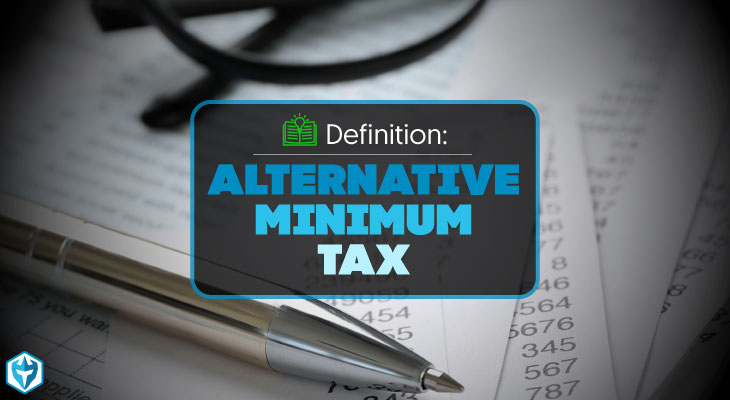The alternative minimum tax, or AMT, is a tax regulation intended to limit the ability of wealthier taxpayers to avoid paying a proportionate share of taxes as a result of their greater opportunity to use tax breaks and exemptions to reduce their tax burden.
Calculating Alternative Minimum Tax
Calculating the alternative minimum tax is a complicated process, and most taxpayers use taxation software or a professional accounting firm.
The general idea behind AMT is that the taxpayer applies an alternate system for determining tax breaks and exemptions on income above a certain threshold that is based on status (married or single) and is adjusted for inflation.
The threshold for joint filers in 2017 is $84,500, and will become $109,400 in 2018. The threshold for single filers is $54,300 in 2017, and will become $70,300 in 2018.
Any income above the threshold is calculated using the alternative minimum tax regulations, while everything below the threshold is calculated using basic taxation regulations.
Tax Exemptions Targeted by the Alternative Minimum Tax
The alternative treatment of tax exemptions under the AMT is mostly concerned with wealth assets, such as properties owned for rental purposes and securities. The AMT regulations also cover income from these assets, such as bond payments and dividends, as well as the use of capital losses to offset tax burden.
Final Thoughts
The alternative minimum tax regulations are important for day traders to know and understand as successful day traders will pass the AMT income threshold and much of their income will fall under the AMT’s alternative tax treatment regulations.
Any taxation regulations related to capital gains and losses will have a significant impact on a day trader’s profitability, but the AMT is a transformative system designed to drastically limit the scope for wealthier taxpayers to avoid taxation. As such, the AMT regulations are particularly important for day traders to understand and follow.
Often day traders will employ the services of a professional accountant to ensure that they are receiving the best tax treatment possible given the complex regulations involved in the alternative minimum tax.


